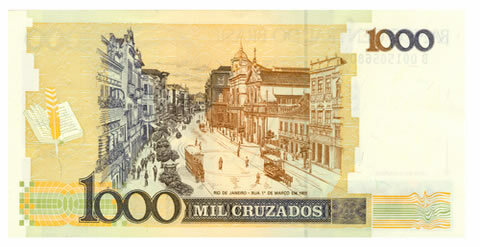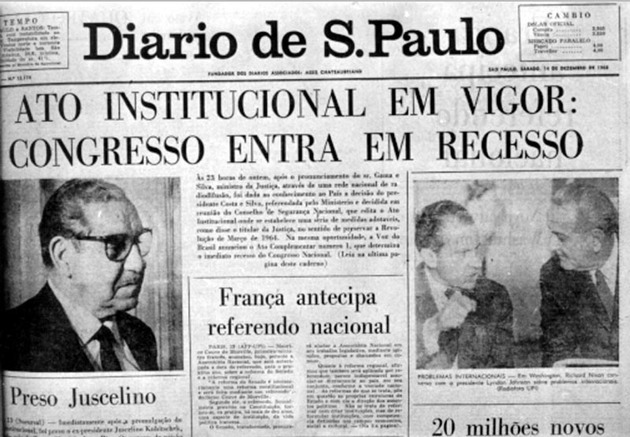The Sarney government (1985-1990) was marked in the history of the Brazilian Republic as the government of the “lost decade”, due to the inexpressive economic growth of the period. Inheriting the consequences of the exhaustion of economic policies of the military dictatorship and the world crises of the 1970s, the main objective of its government was to reconcile the reformulation of political institutions in a representative democratic sense and to find solutions to maintain stability economic. The expression of this last point can be found in the consequences of his economic plans.
The main challenge of the first government of the “New Republic” was to contain price inflation, which in 1985 reached 235% a year. The solution found by the economic team formed by Sarney can be found in the “Plano Cruzado”, announced in February 1986, whose main measures were: a price freeze; replacement of the country's currency, of the cruise to crossed (hence the name of the plan); wage trigger, a measure of wage increases every time inflation hits 20% a month.

Symbol of the Sarney Government's economic measures, the Crusader replaced the cruise in 1986 as the currency of Brazil
Initially, the Cruzado Plan was successful, assuring the population an improvement in living conditions, and on the other hand bringing popularity to the president, who, in addition to transforming the population into price inspectors, achieved an expressive electoral victory in 1986.
Do not stop now... There's more after the advertising ;)
The improvement in conditions was ephemeral, since in the last months of 1986 there was a shortage of goods on the shelves, businessmen managed to cheating the price lists and selling at a higher price (premium), lack of meat due to the refusal of ranchers to sell at prices tabulated.
Faced with this situation, Sarney was forced to seek political support among conservative groups in the country for the approval of new economic plans (Plan Cruzado II in 1986, Bresser Plan in 1987, Summer Plan in 1989), with the objective of controlling public spending, containing strong inflation and renegotiating the debt external.
A new currency has emerged, the New Crusader, but the measures were not enough for economic stability, as there were no structural changes in the economy, and in March 1990 inflation reached a record 84.23% per month and an index accumulated in the previous twelve months of 4.853,90%.
This was the legacy left by the Sarney administration in the economic area and for which all the candidates for the presidency in 1990 dedicated themselves to fight.
By Tales Pinto
Graduated in History
Would you like to reference this text in a school or academic work? Look:
PINTO, Tales dos Santos. "Sarney Government - Economy"; Brazil School. Available in: https://brasilescola.uol.com.br/historiab/governo-sarney.htm. Accessed on June 27, 2021.



